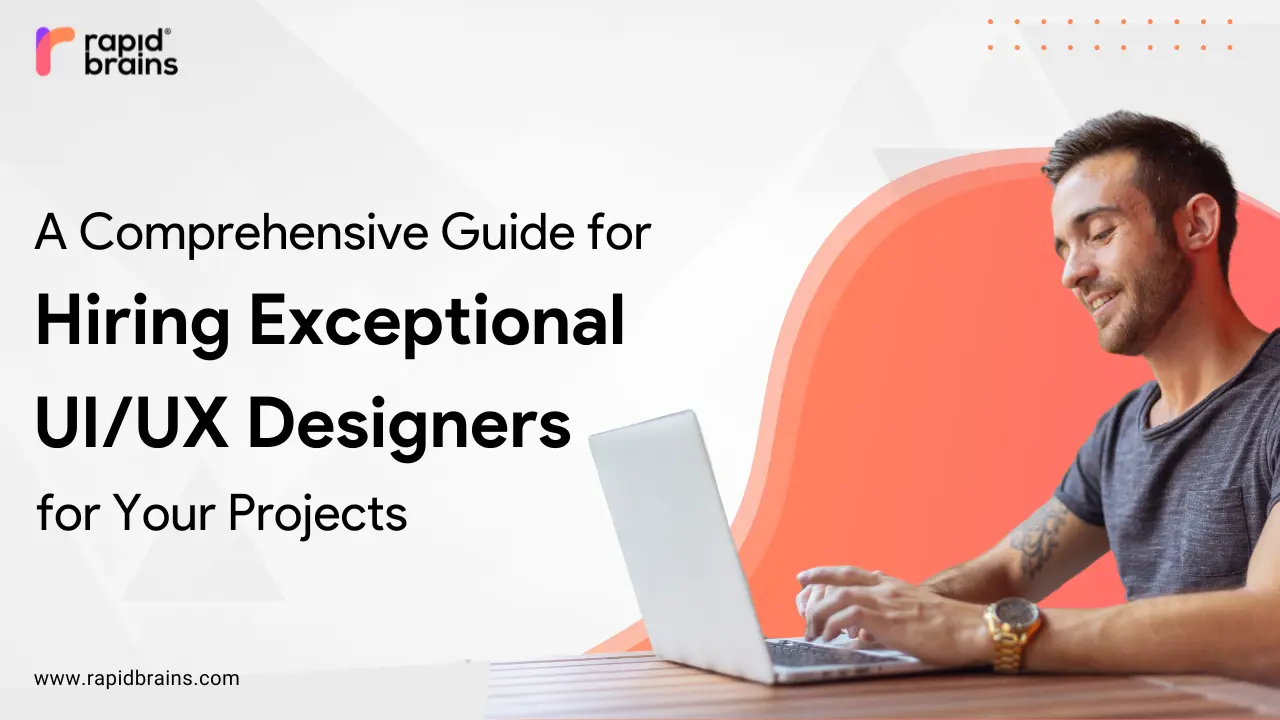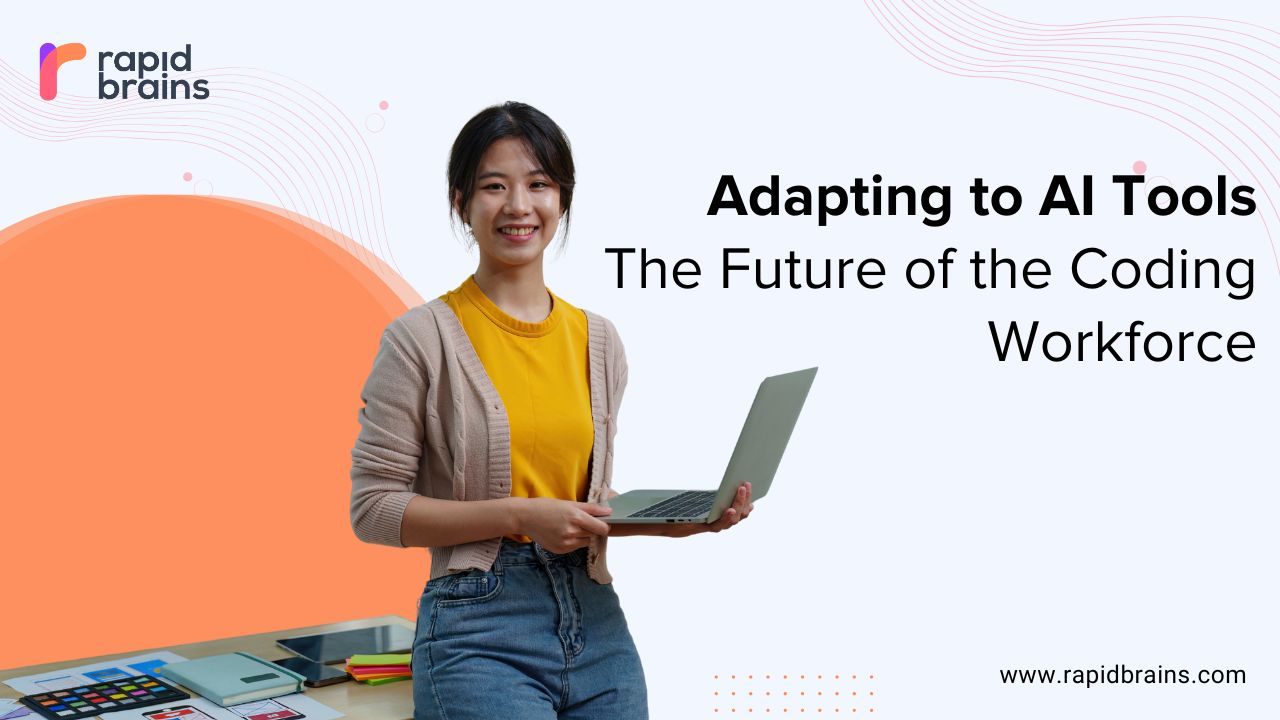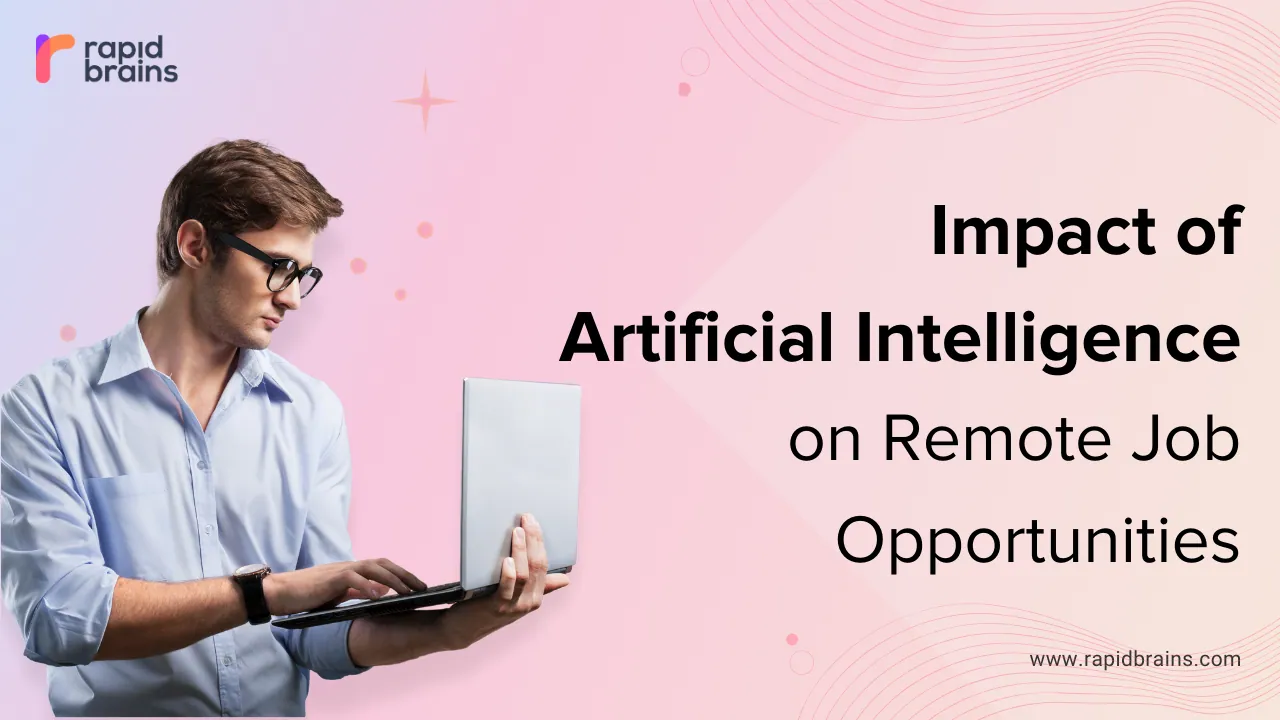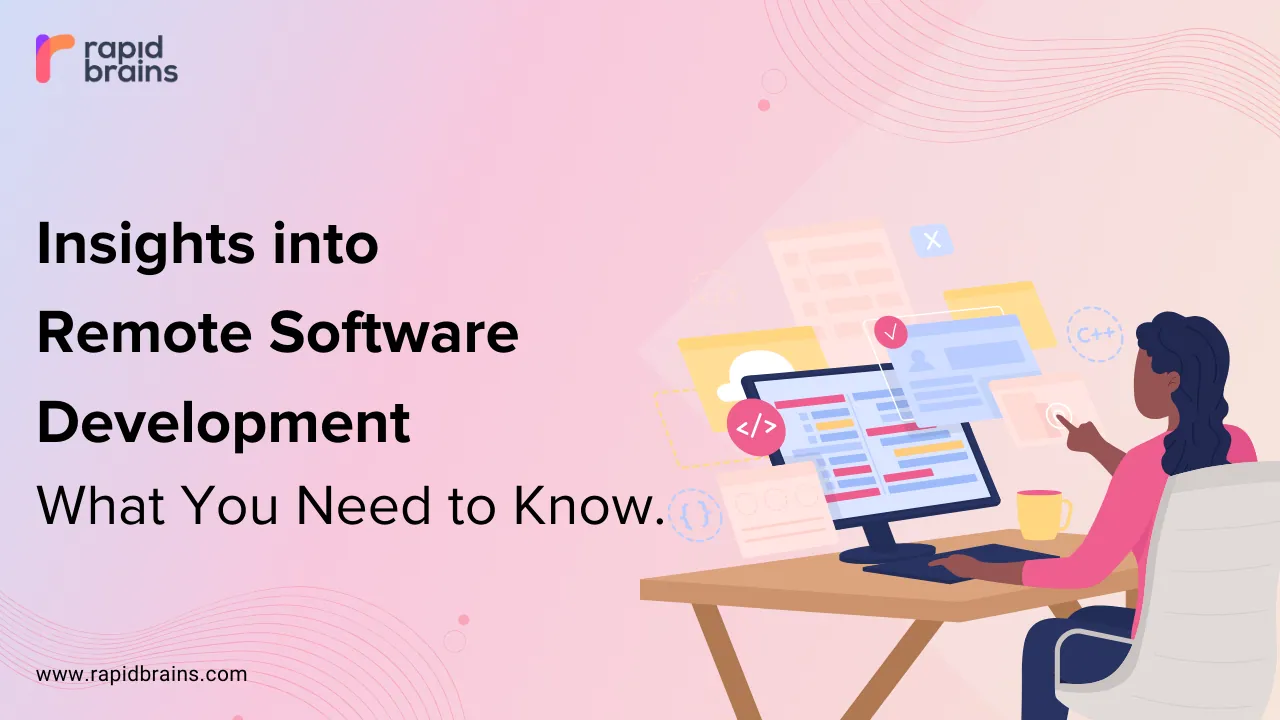
Introduction
In today’s competitive landscape,UI/UX design stands at the very core, as interfaces and user experiences need to be well designed before a product can be branded successfully. However, demand is outpacing this supply of talented individuals by a wide margin, and the struggle to hire UI/UX designers continues. Exceptional UI/UX designers enhance your project’s quality and the user experience, which also raises the total level of UX support.
Understanding Your Project Needs
Defining Project Goals
Clearly defining your project goals is important before starting the hiring process. Describe the goals you have for your product, such as raising user engagement, improving usability, or expanding visual appeal in general. Setting specific goals can help you find the best UI/UX designers and make sure that their abilities and vision match the requirements of your project.
Identifying Key UX/UI Requirements
Core UI/UX requirements for the project have to be defined. The main issues related to the user experience, visual design, and functionality that influence the final result of the product have to be established. Determine whether you need a designer specializing in mobile applications, online applications, or both, as each specialization has different skills and views. Consider the precise user demographics and design trends relevant to your target audience. Therefore, by specifying all these requirements, you can hire people who may be working miles away and who can very easily integrate into your project and be of great benefit to its success.
Creating a Detailed Job Description
An effectively written job description is very important in the attraction of competent candidates. It should outline specific responsibilities, required skills, and preferred qualifications with clear expectations. Emphasize core elements, such as experience using design tools like Sketch, Figma, or Adobe XD and familiarity with user research methodologies, that make up an effective UI/UX design. Company culture and individual benefits for employees would play a role in attracting candidates towards your organization. A good job description will attract the right person for the job; hence, it reflects your desire for the best fit for the team.
Sourcing and Screening Candidates
Leveraging Online Job Boards
Use the prominent platforms to source talent. These allow you to see portfolios and connect with talented professionals. Also post job openings specifically targeted at UI/UX talent. Industry-specific job boards can also help reach a more focused audience, such that your openings attract those with the precise skills you require. Engage in these job boards to enhance your visibility and attract top-tier candidates for your hiring needs.
Utilizing Design Communities and Forums
Join online design communities and forums to find upcoming talent in the field. Platforms like Designer Hangout and UX Mastery are perfect opportunities to connect with designers and learn about their experience and skills. These forums regularly host discussions and post recommendations, which makes finding quality candidates much easier. These forums will help you stay connected with emerging talents while keeping you updated on the latest UI/UX design trends and innovations.
Referrals and Networking
Never underestimate the value of personal recommendations in your hiring process. Networking in the design industry can really bring forth valuable leads and insights. Attend design conferences, workshops, and meetups for relationships with professionals who could refer you to great UI/UX designers. Having a strong professional network both enhances one’s access to top talent and enriches understanding of industry trends and best practices.
Screening Candidates
Shortlist using an effective screening method. Have a look at portfolios for consistency in design style and degree of experience. Conduct pre-phone interviews to assess candidates’ communication skills and basic understanding of fit. Finalize with challenges designed to place the candidate under real-pressure problem-solving conditions.
Conducting In-Depth Interviews
Preparing Interview Questions
Prepare key interview questions that will measure what the candidate can do from all aspects: skills, experiences, and cultural fit. Assess their design methodology, project history, and asking Questions like “How do you incorporate user feedback into your designs?” can describe their design philosophy.
Technical Assessments
Technical assessment helps in ascertaining how capable they are at the design work. Exercises like case studies help understand a candidate’s approach to creativity and problem solving. As such, it is hands-on testing for the person concerned.
Cultural Fit Assessment
Cultural fit assessment is critical to team dynamics because it involves the assessment of candidates regarding company values and work style. Consider having a panel discussion including some members of the team to hear different perspectives about the candidate’s fit within the organization.
Making a Strong Offer
Negotiating Compensation and Benefits
Offer an attractive compensation and benefits package with a competitive salary, because that is going to reflect the level of talent and experience possessed by the potential candidate. Consider additional options like remote work or flexible hours and professional development opportunities, etc
Selling Your Company and Project
Highlight the unique selling points about your company and the project itself to attract candidates. Explain the potential impact on users, the great challenges they will face, and how exciting it will be working with your company. Your company’s vision can play a huge role in providing a compelling narrative.
Closing the Deal
Closing the deal involves effective strategies to win the commitment of the designer. Communicate your interest in their work and in the exciting possibilities that lay ahead. Prompts in a follow-up interview can reassure your interest to seal up the hiring.
Onboarding and Collaboration
Setting Expectations and Goals
Engaging a designer will necessitate discussion of expectations and project objectives at the outset, not to mention project timeline deliverables and communication. Setting clear objectives will aid a smooth integration of the designer with your team.
Providing Necessary Resources
Make sure the new employee receives all of the tools they need for success. Let them gain access to design software or project management tools and accompanying documentation. This will immediately provide the necessary resources, making the training process a lot easier.
Fostering Collaboration
Encourage an environment that fosters a collaborative team where your UI/UX designer will thrive best. Schedule regular check-in and feedback sessions in order to maintain open communication. Create a culture of collaboration by fostering creativity and innovation on your team.
Conclusion
In conclusion, hiring top UI/UX designers is a strategic process that begins with clearly understanding your project’s needs and culminates in effective onboarding and collaboration. At RapidBrains, we recognize the importance of exceptional design in enhancing user experiences and driving business success.To ensure that only the best talent contributes to your projects, follow the procedure indicated in the guide given above. Investing in skilled UI/UX designers will contribute toward user satisfaction and user engagement, which in return contribute toward increased profitability as well as long-term success of your organization.




